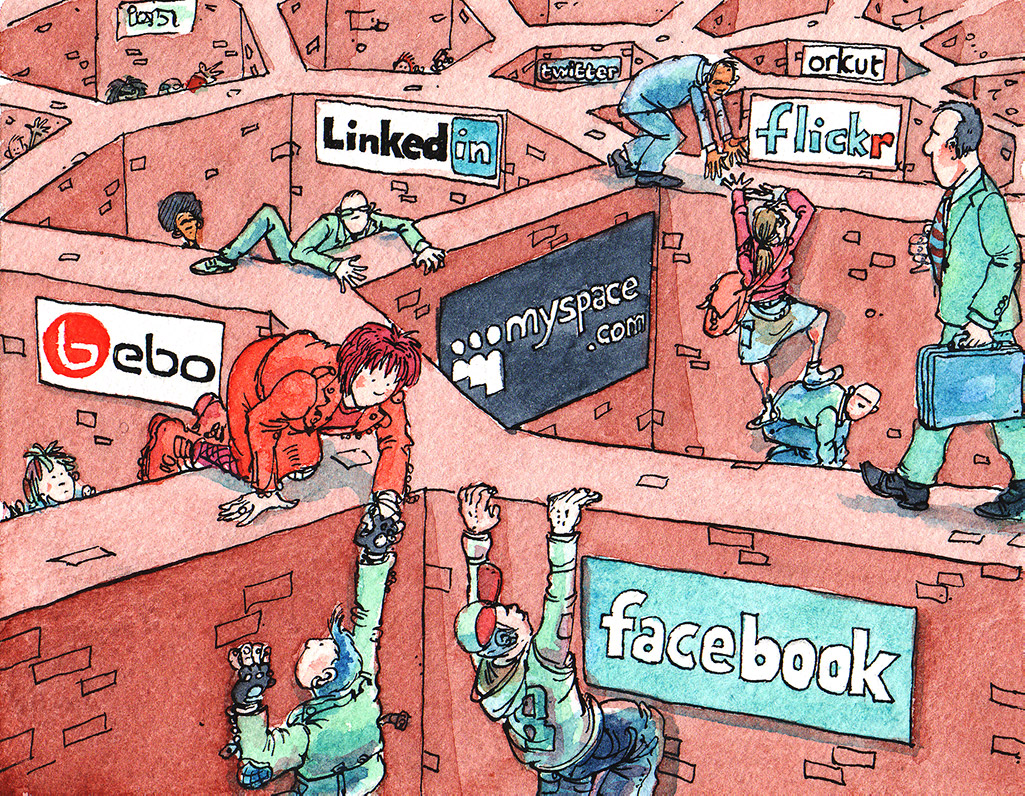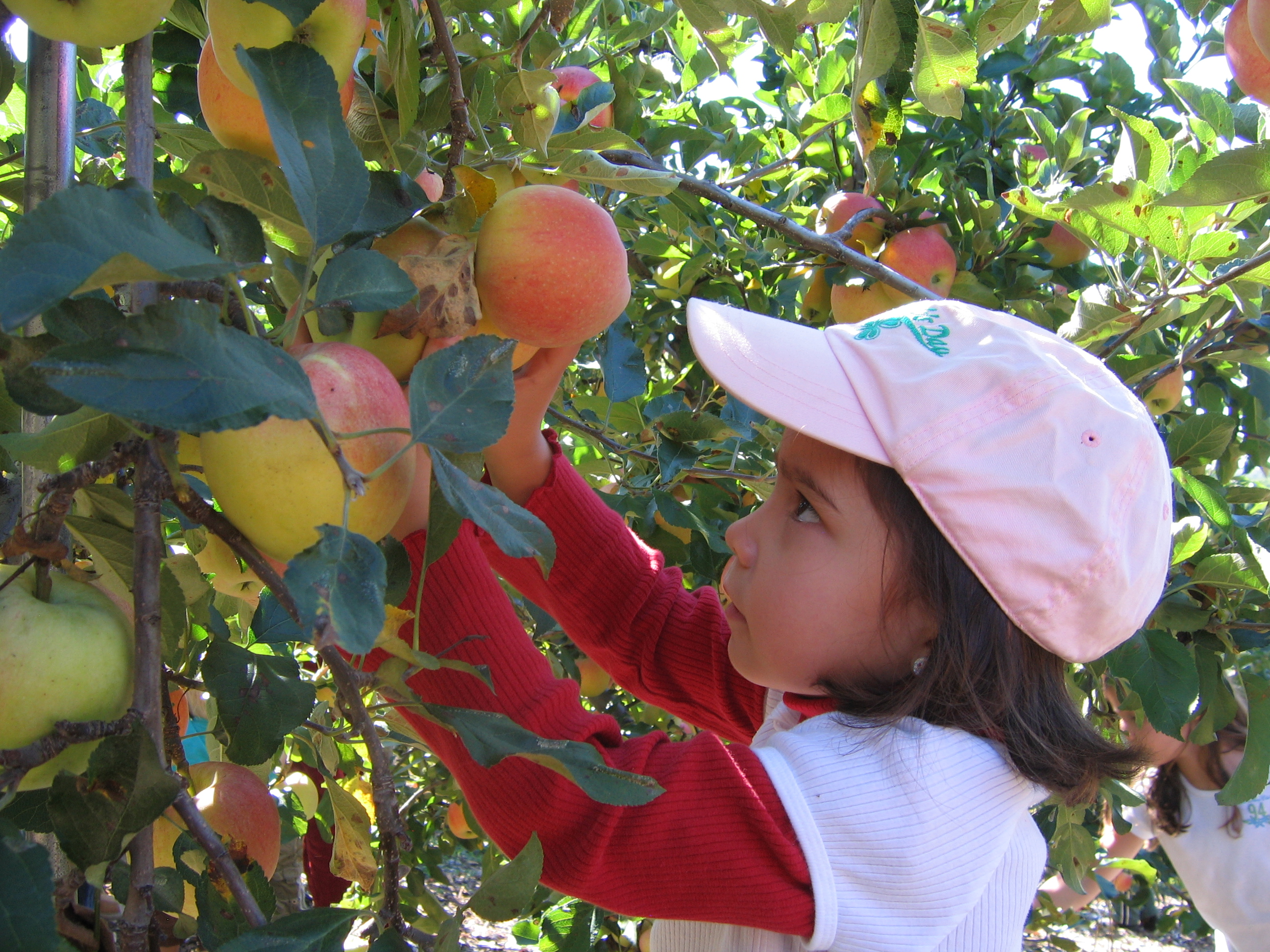Web
30
![[photo of a birthday cake]](images/cake.jpg)
Ruben Verborgh, Ghent University – imec
FOSDEM ’19, 3 February 2019
🎥 Watch the video of this talk.
🎙️ Also read my FOSDEM interview on Solid.
Ruben Verborgh
Ghent University – imec
This is for everyone #london2012 #oneweb #openingceremony @webfoundation @w3c
Tim Berners-Lee July 27, 2012
![[photo of a birthday cake]](images/cake.jpg)
With Solid, we aim to
reshape the relationship
between people, their data,
and the apps they use.
Solid restores choice
on the Web.



Anyone can say anything about anything.



Its novelty was universality.
Sign in with Facebook to see this content.
Facebook works better with the native app.

The Facebook founder has no intention of
allowing anyone to build anything on his platform
that does not have his express approval.Having profited mightily from the Web’s openness,
John Naughton, The Guardian
he has kicked away the ladder that elevated him
to his current eminence.
![[photo of a ladder]](images/ladder.jpg)
Solid is about choice.
The Solid ecosystem enables people
to pick the apps they need,
while
storing their data wherever they want.
People control their data,
and share it
with the apps and people they choose.

{
"@context": "https://www.w3.org/ns/activitystreams",
"id": "#ruben-likes-fosdem2019",
"type": "Like",
"actor": "https://ruben.verborgh.org/profile/#me",
"object": "https://fosdem.org/2019/#this",
"published": "2019-02-03T09:00:00Z"
}{
"@context": "https://www.w3.org/ns/activitystreams",
"id": "#ruben-likes-fosdem2019",
"type": "Like",
"actor": "https://ruben.verborgh.org/profile/#me",
"object": "https://fosdem.org/2019/#this",
"published": "2019-02-03T09:00:00Z"
}{
"@context": "https://www.w3.org/ns/activitystreams",
"@graph": [{
"type": "Like",
"actor": "https://ruben.verborgh.org/profile/#me",
"object": "https://fosdem.org/2019/#this",
"published": "2019-02-03T09:00:00Z"
},{
"type": "Like",
"actor": "https://example.org/people/silvia#me",
"object": "https://fosdem.org/2019/#this",
"published": "2019-02-03T09:05:00Z"
}]
}People think RDF is a pain
because it is complicated.
The truth is even worse.RDF is painfully simplistic,
Dan Brickley & Libby Miller
but it allows you to work with real-world data
and problems that are horribly complicated.
<LoggedIn>
<p>Welcome, <Value src="user.firstName"/></p>
<Image src="user.image" defaultSrc="profile.svg"/>
<ul>
<li><Link href="user.inbox">Your inbox</Link></li>
<li><Link href="user.homepage">Your homepage</Link></li>
</ul>
<h2>Your friends</h2>
<List src="user.friends.firstName"/>
</LoggedIn><LoggedIn>
<p>Welcome, <Value src="user.firstName"/></p>
<Image src="user.image" defaultSrc="profile.svg"/>
<ul>
<li><Link href="user.inbox">Your inbox</Link></li>
<li><Link href="user.homepage">Your homepage</Link></li>
</ul>
<h2>Your friends</h2>
<List src="user.friends.firstName"/>
</LoggedIn>data.user.friend.firstNameProxyawait data.user.friend.firstNameThe best way to predict
Alan Kay
the future is to invent it.
![[photo of Alan Kay]](images/alan-kay.jpg)
The best way to invent
John Perry Barlow
the future is to predict it.
![[photo of John Perry Barlow]](images/john-perry-barlow.jpg)
Let’s assemble the brightest minds
Tim Berners-Lee
from business, technology, government,
civil society, the arts and academia
to tackle the threats to the Web’s future.

This is for everyone #london2012 #oneweb #openingceremony @webfoundation @w3c
Tim Berners-Lee July 27, 2012
